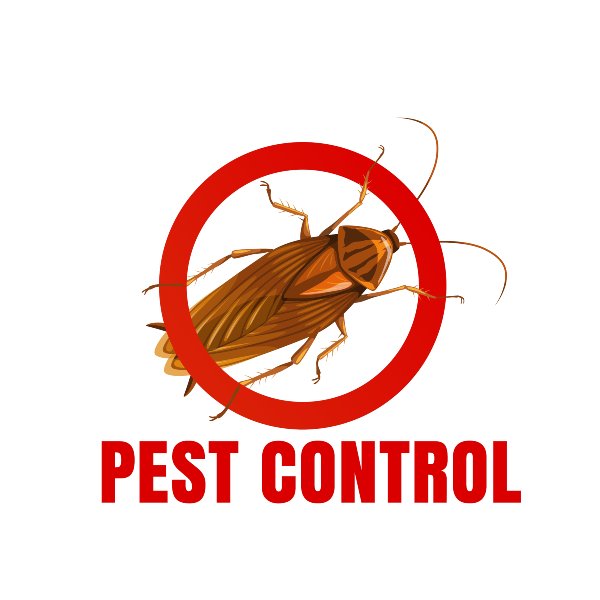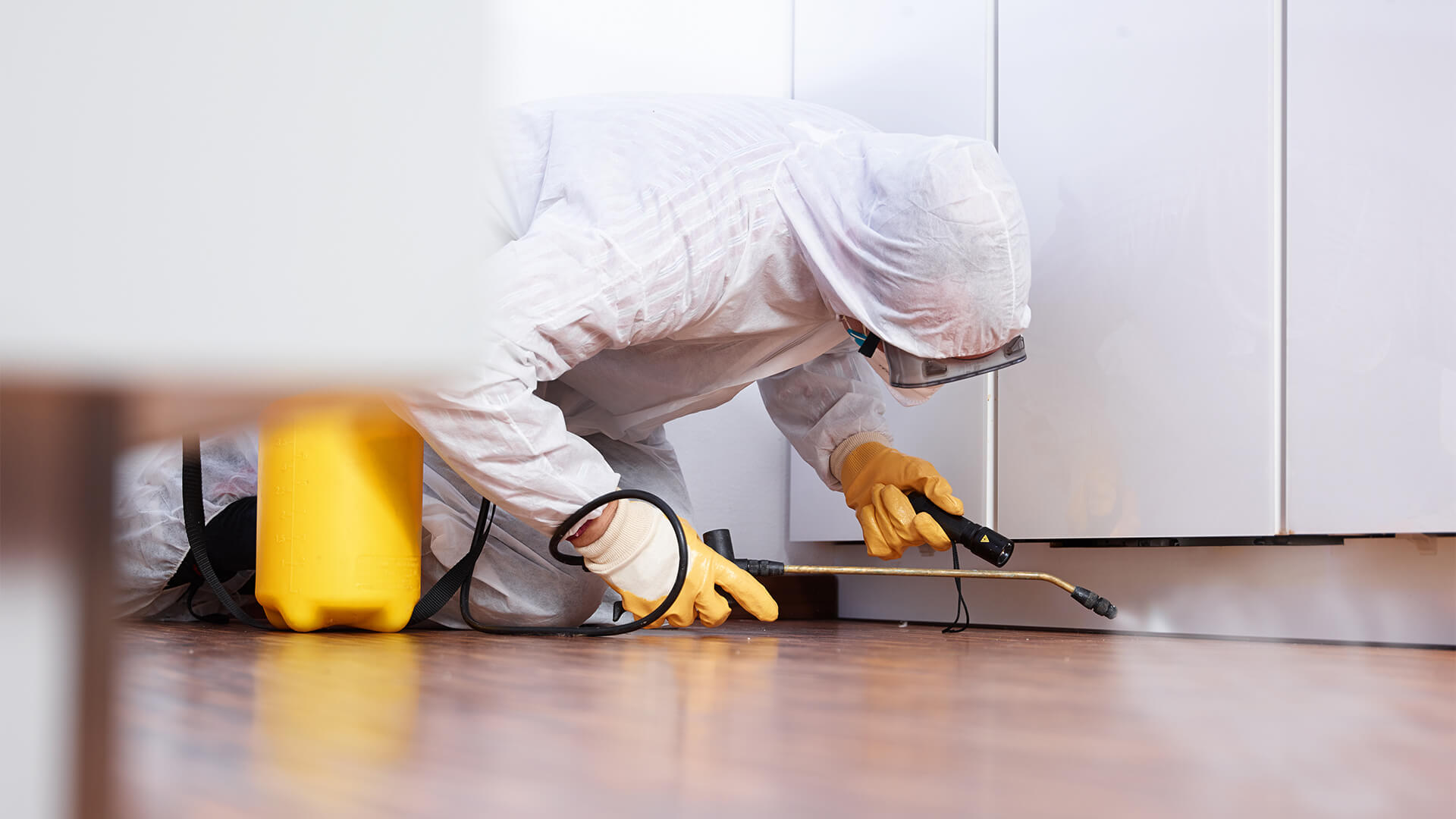Experienced A1 Exterminators Charlotte NC - Quick and Reliable Solutions
Wiki Article
Bed Bug Therapy Break Down: Comparing Chemical Vs. Non-Chemical Solutions
In the realm of parasite control, especially when handling the relentless issue of bed insects, the choice between chemical and non-chemical therapy services can be a critical one. Both techniques offer unique advantages and drawbacks, influencing elements such as efficiency, safety factors to consider, and general cost. By examining the nuanced information of each technique, a more clear understanding of which course to pursue in addressing a bed pest problem can be obtained.Effectiveness of Chemical Therapies
Chemical treatments for bed bug invasions have been widely acknowledged for their potent and quick efficiency in eliminating these bugs. When taking into consideration the performance of chemical treatments, it is vital to comprehend that they can offer a extensive and fast service to a bed bug problem.Additionally, chemical therapies have the benefit of using residual results, indicating that they can remain to get rid of bed bugs also after the first application. This residual activity is particularly helpful in combating any prospective re-infestations. Furthermore, the quick action of chemical treatments can bring alleviation to people facing extreme bed insect invasions, allowing them to reclaim control of their home swiftly.
Security Issues With Chemical Solutions
One vital aspect that calls for cautious consideration when using chemical remedies for bed bug treatment is making sure the security of residents and the environment. Exposure to specific chemicals used in bed insect treatments can lead to respiratory system concerns, skin irritability, or other damaging responses, especially in people with pre-existing conditions or sensitivities.Moreover, the ecological impact of chemical options is one more significant consideration. Some chemicals used in bed pest therapies might be unsafe to beneficial insects, wild animals, and ecosystems if they seep into the soil or water supply. It is important to use chemical treatments sensibly, following security guidelines, and taking into consideration less harmful alternatives to mitigate these threats and guarantee the risk-free and reliable administration of bed pest infestations.
Benefits of Non-Chemical Methods
Taking into consideration the potential security worries and environmental impact connected with chemical services for bed bug therapy, discovering non-chemical techniques provides a promising choice with numerous distinct advantages. Non-chemical treatments are ecologically pleasant, as they do not contribute to air or water air pollution, making them a lasting selection for parasite control.Additionally, non-chemical solutions can be effective in targeting Get the facts bed bugs, consisting of hard-to-reach locations where chemical treatments might not pass his comment is here through. Techniques such as warm treatment, vacuuming, heavy steam cleaning, and cushion encasements provide comprehensive removal without the use of hazardous chemicals. Furthermore, non-chemical methods can be much less disruptive, calling for marginal prep work and allowing for quicker reentry right into dealt with areas. Overall, choosing non-chemical bed bug treatment methods not only focuses on safety and security and environmental management however also makes sure extensive and reliable parasite control.
Limitations of Non-Chemical Treatments

Furthermore, non-chemical therapies commonly call for multiple applications to accomplish successful eradication. This can be taxing and may not always assure total removal of all bed insects and their eggs, specifically in hidden or hard-to-reach places.
Moreover, the success of non-chemical therapies heavily depends on appropriate execution and thoroughness, which can be challenging for individuals without specialist proficiency. Insufficient application of non-chemical methods might cause insufficient removal, leading to consistent problems and the demand for additional treatments.
As a result, while non-chemical therapies have their advantages, it is necessary to recognize these restrictions and consider them when establishing the most effective technique for taking care of bed bug infestations.
Cost Comparison: Chemical Vs. Non-Chemical Options
Given the limitations associated with non-chemical therapies, a necessary aspect to evaluate in the context of bed bug monitoring is the price comparison in between chemical and non-chemical alternatives. In comparison, non-chemical treatments like warmth treatment or vapor can be much more expensive, with costs ranging from $1,000 to $6,000 for an entire home. While the first price of chemical treatments might seem lower, numerous therapies might be required to fully eliminate the infestation, potentially enhancing the overall expense.Final Thought

Thinking about the potential safety problems and ecological impact connected with chemical options for bed pest therapy, discovering non-chemical strategies provides an appealing option with several distinct advantages.Given the restrictions linked with non-chemical therapies, a vital facet to evaluate in the context of bed pest monitoring is the price comparison between chemical and non-chemical choices. In contrast, non-chemical therapies like warmth treatment or heavy steam can be a lot more pricey, with prices varying from $1,000 to $6,000 for a whole home. While the preliminary price of chemical treatments might appear lower, several therapies might be called for to totally eradicate the infestation, possibly increasing the general cost.In verdict, when contrasting chemical and non-chemical bed bug treatment choices, it is important to consider performance, safety, benefits, restrictions, and price.
Report this wiki page